Scandinavian design has been making its way into more and more homes around the world since its initial breakthrough in the 1930s (not the least due to the recent rise of IKEA), and today it is a favorite among influencers, interior design nerds, as well as regular folks trying to create a cozy, functional, and balanced home.
Having lived and breathed Scandi design my entire life, I am now starting to see a lot of stores and brands jumping on the bandwagon (because money!) without seemingly having anything to do with any of the principles that we get to learn natively growing up in the Nordic region.
So with this guide, I’d like to help you in the simplest possible way to figure out what actual Scandinavian and Nordic design looks like, how you can easily achieve it in your own home, and where you can buy furniture and decor that either is from the region or at least follow the Scandinavian tradition in an authentic way.
What is Scandinavian Design?
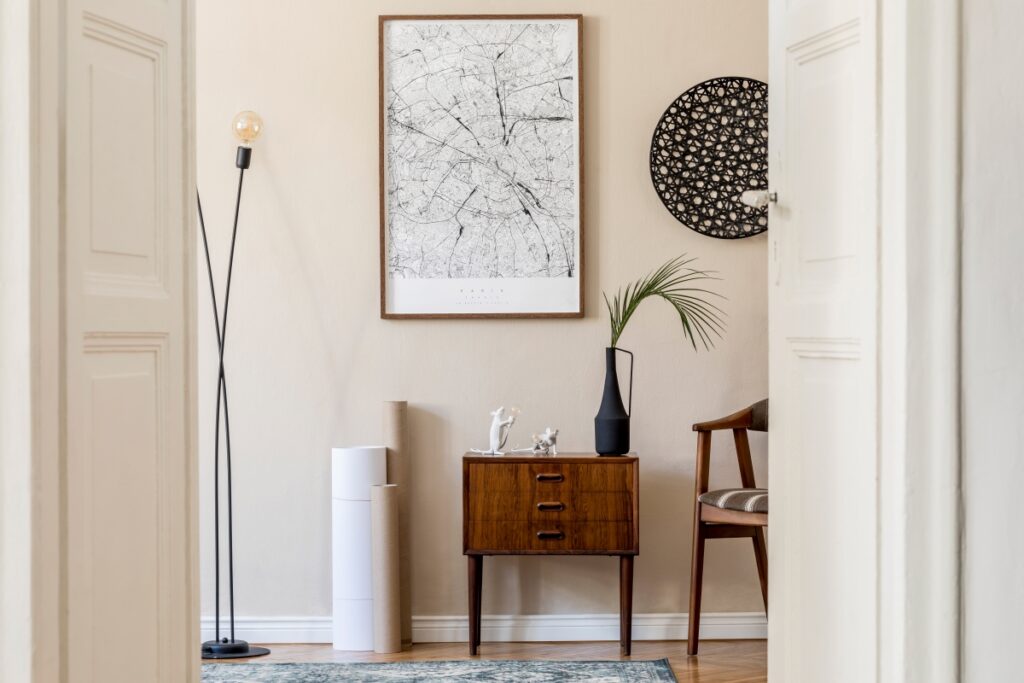
Elements & Characteristics of Scandinavian Design
- Functionality
- Simplicity & Minimalism
- Natural materials
- Smooth and clean lines and shapes
- Muted and natural colors
- Wall art and art figures
- Flexibility
- Plants
- Accents (Copper & Steel)
- Sustainability
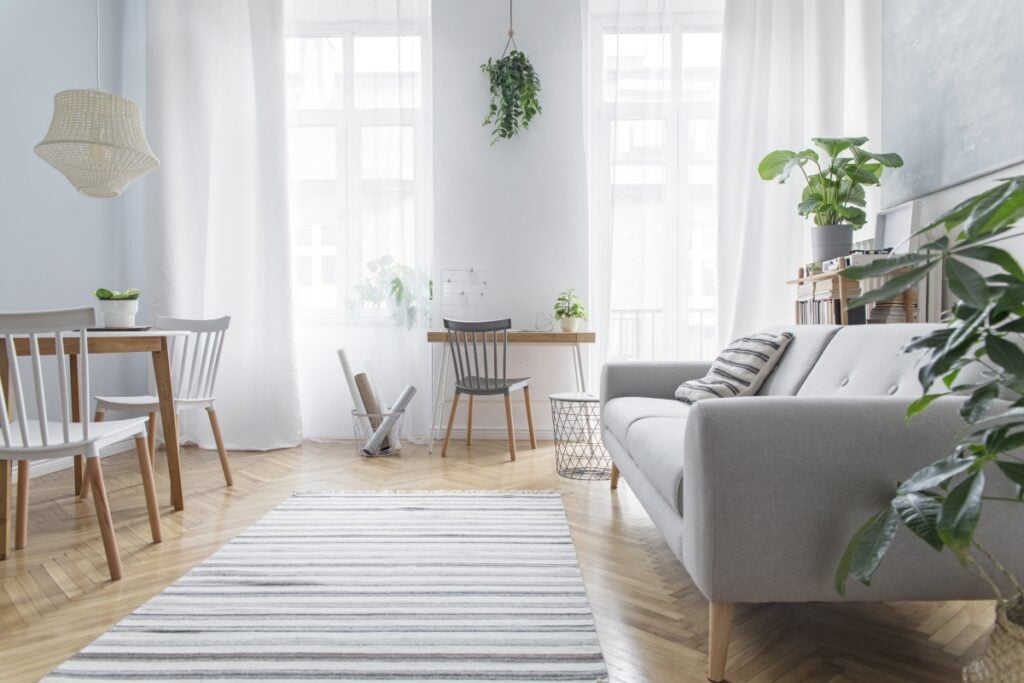
The Essential Cornerstones of a Scandinavian Home
- Bright light
- Less is more
- Open Spaces
- Coziness (candles, fireplace,
- Muted and brighter tones contrasted with darker blacks and greys
- Warm materials such as leather, wood, ceramic, and metals
- Potted plants & cut flowers (not too many different colors)
- Meticulously picked decor details (objects that carry some significance to you)
- A mix of classic and modern design
- Plenty of cozy and soft pillows, blankets, and plaids in cotton, linen, or wool
- Inviting atmosphere
Colors of Scandinavian Design
Scandinavian design is known for its use of muted colors, typically shades of green and brown. This is in contrast to the bright colors often seen in popular American design.
We Scandinavians usually tend to believe that a room should be able to adapt to various seasons, while still looking aesthetically pleasing.
When designing a Scandinavian-inspired room, aim to use colors that will blend well with other colors in the room and with the natural light. This will help to create a relaxing, harmonious atmosphere. Some other colors that are often used in Scandinavian design are cream, beige, and off-white.
Here are some example Scandinavian design color palettes (usually to be combined with bright walls and wooden floors):


Is there a difference between Nordic and Scandinavian design?
Since Scandinavia is located within the Nordic region, there is naturally a great deal of overlap between Nordic and Scandinavian design. Many wouldn’t even separate the two. However, there are a few key distinctions I’d generally agree with; When referring to Nordic design we tend to think more minimalistic and clean, while Scandinavian design is usually seen as more colorful and crafty.
Nordic design is often inspired by natural elements such as wood and stone, while Scandinavian design is driven more by craftsmanship typical of the region.
What’s the difference between Scandinavian and Minimal Design?
Though certainly interwoven in many ways, Scandinavian and Minimal Design are two different design paradigms. Scandinavian Design is more conceptual and cultural in nature, while Minimal Design is more philosophical and focused on the function of a design.
Scandinavian Design is often characterized by its use of natural materials and simple forms, while Minimal Design is focused on the use of modern materials and a minimalistic approach to form.
Both styles can be used in a variety of different applications, and they can be used together or separately. Scandinavian Design is often used in residential and commercial settings, while Minimal Design is more commonly used in the design of physical and digital products.
How Scandinavian Design Actually Looks Like
Scandinavian Design Living Room Examples

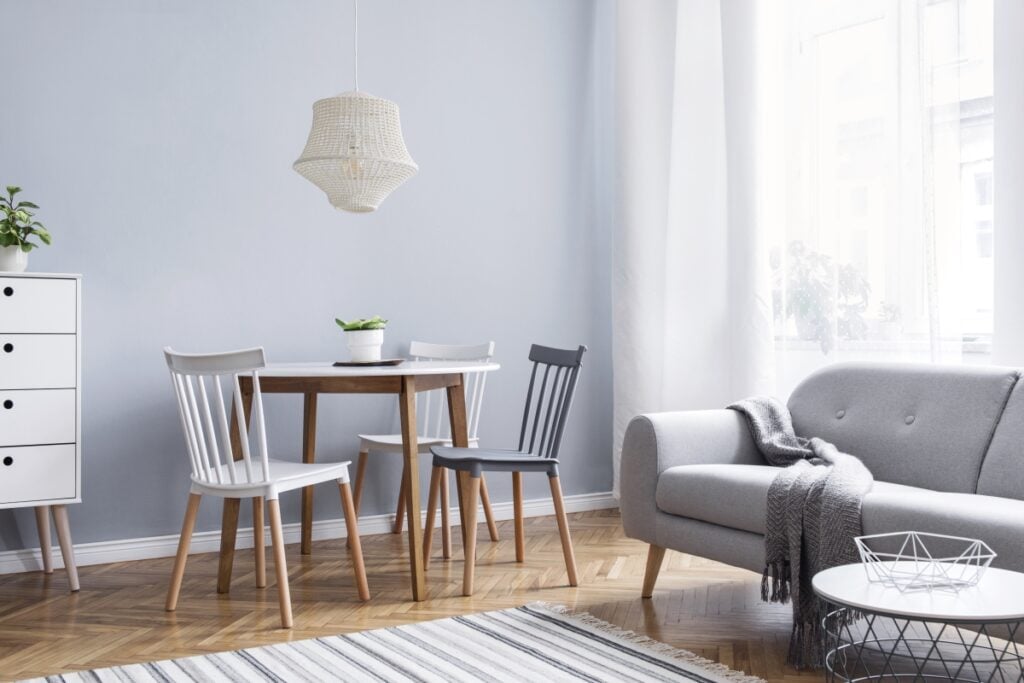
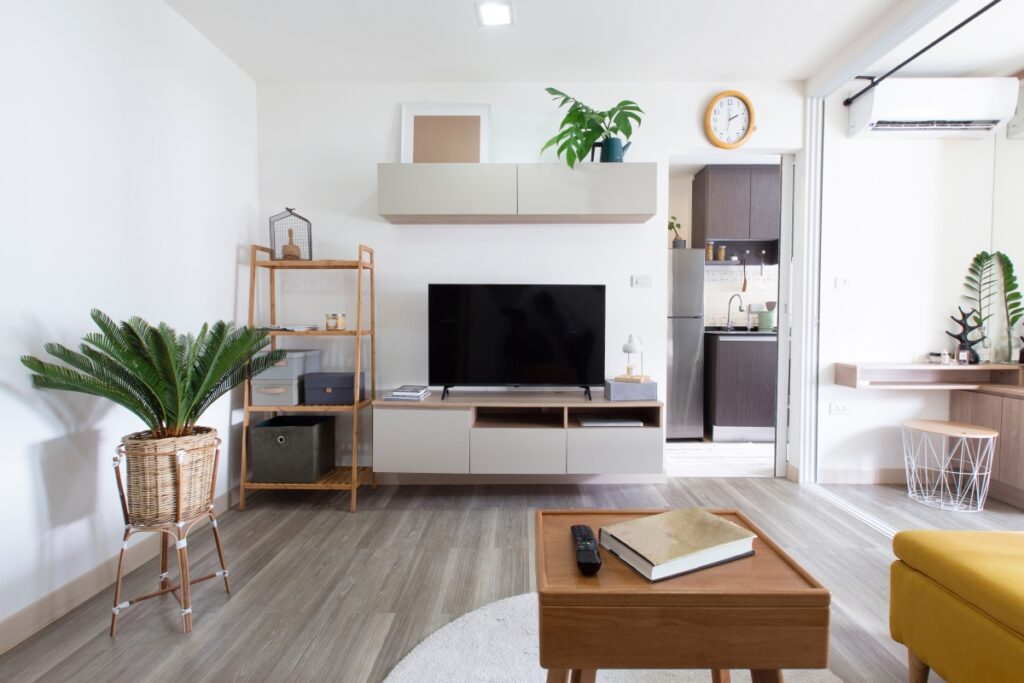
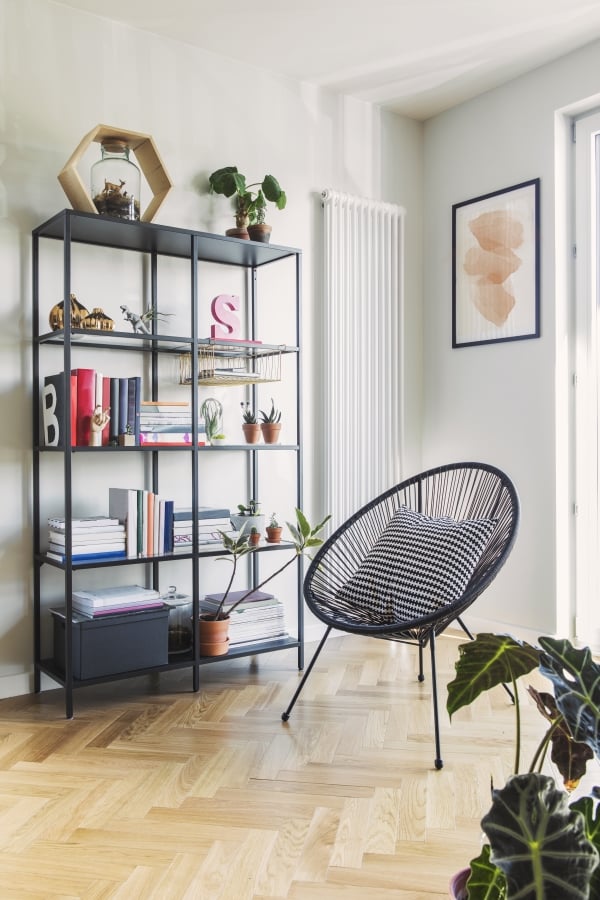
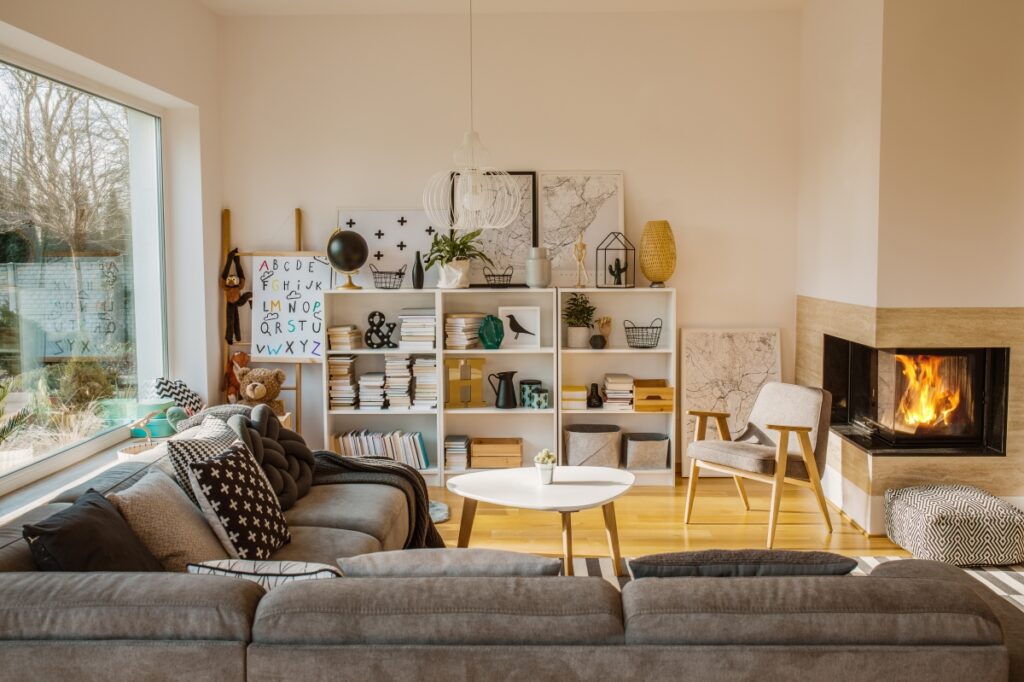
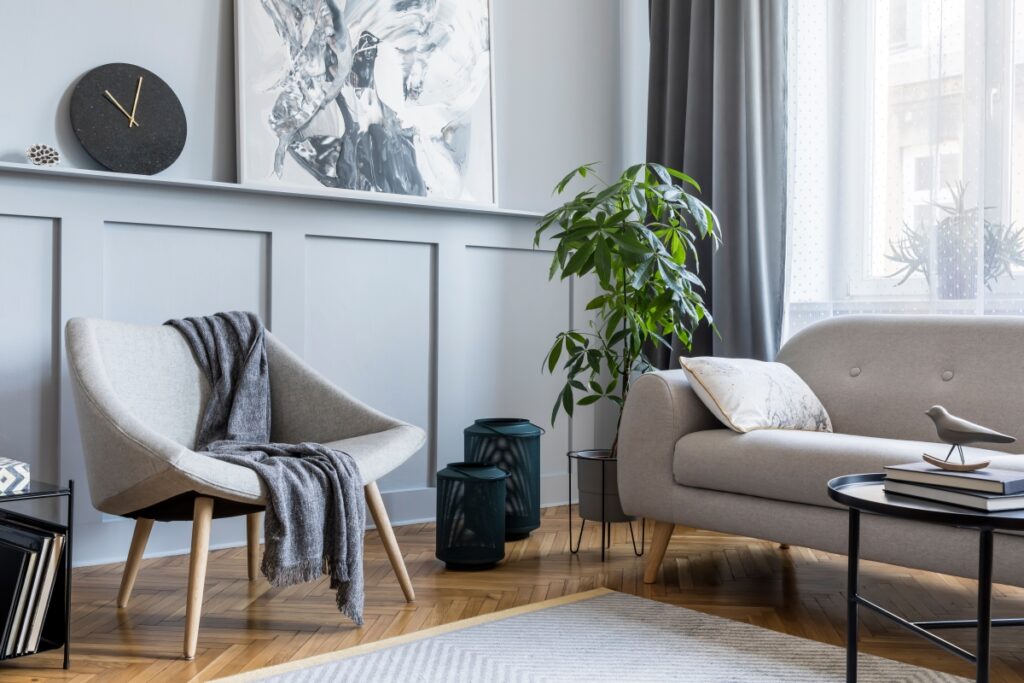
Scandinavian Design Bedroom Examples
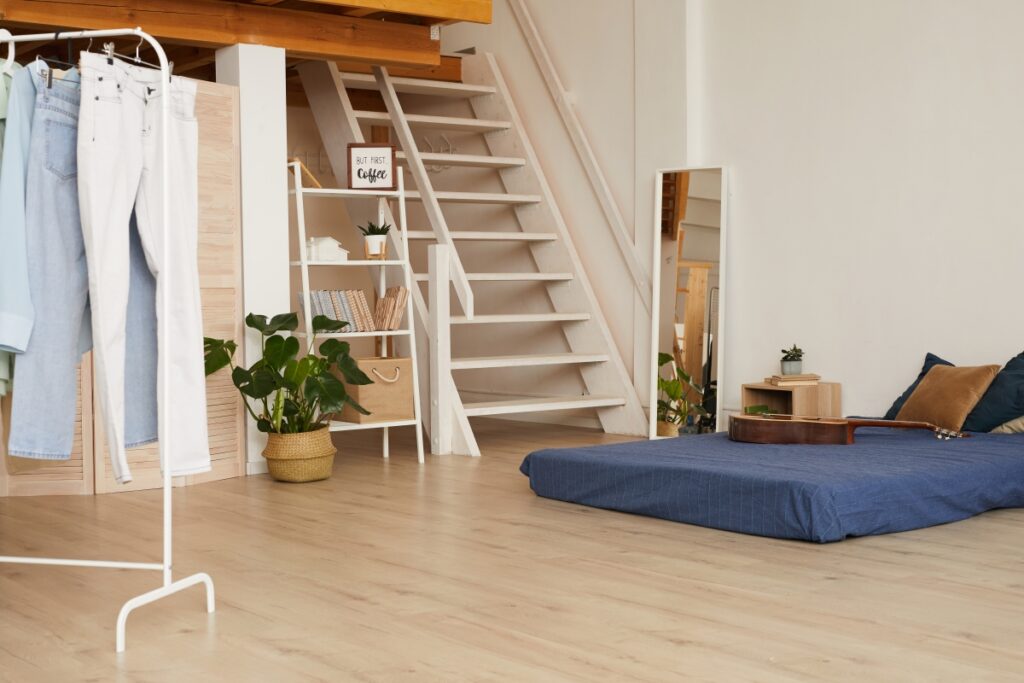
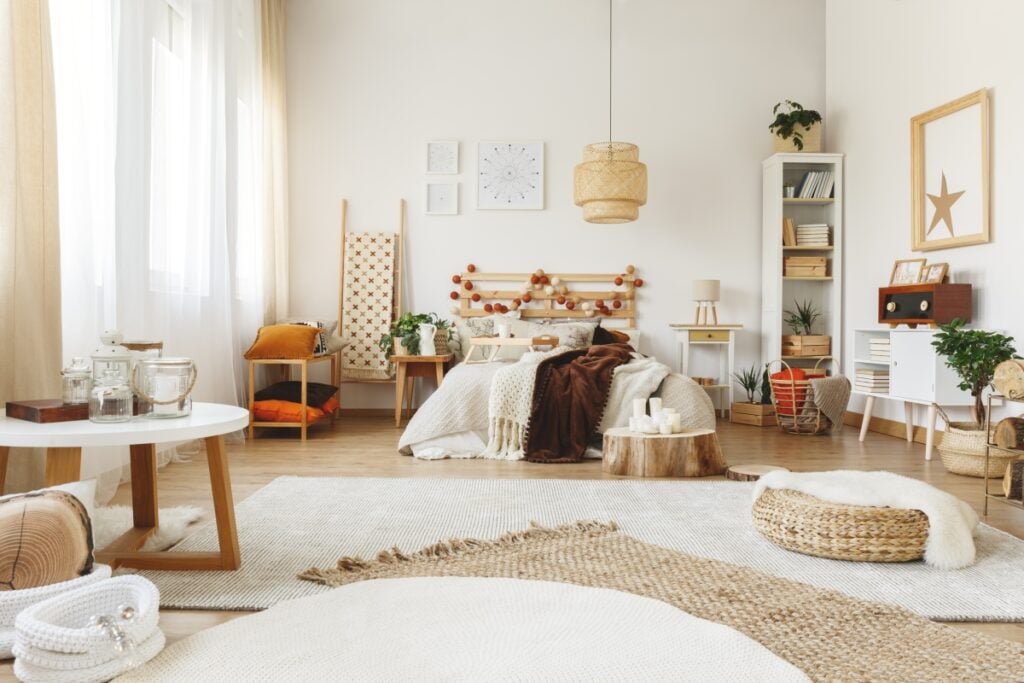
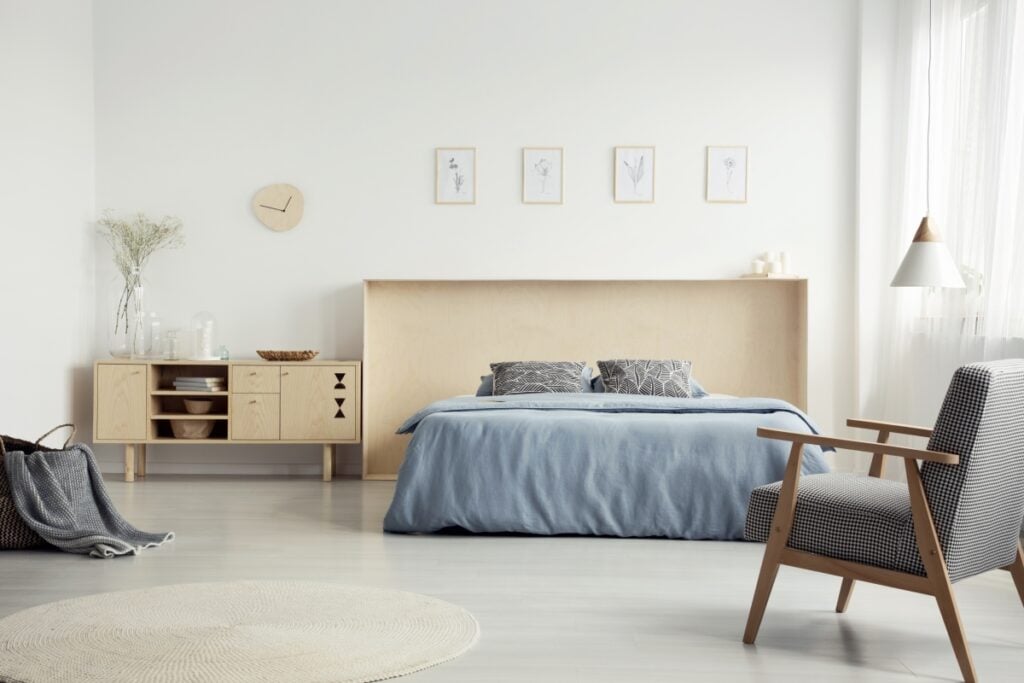
Scandinavian Design Kitchen Examples
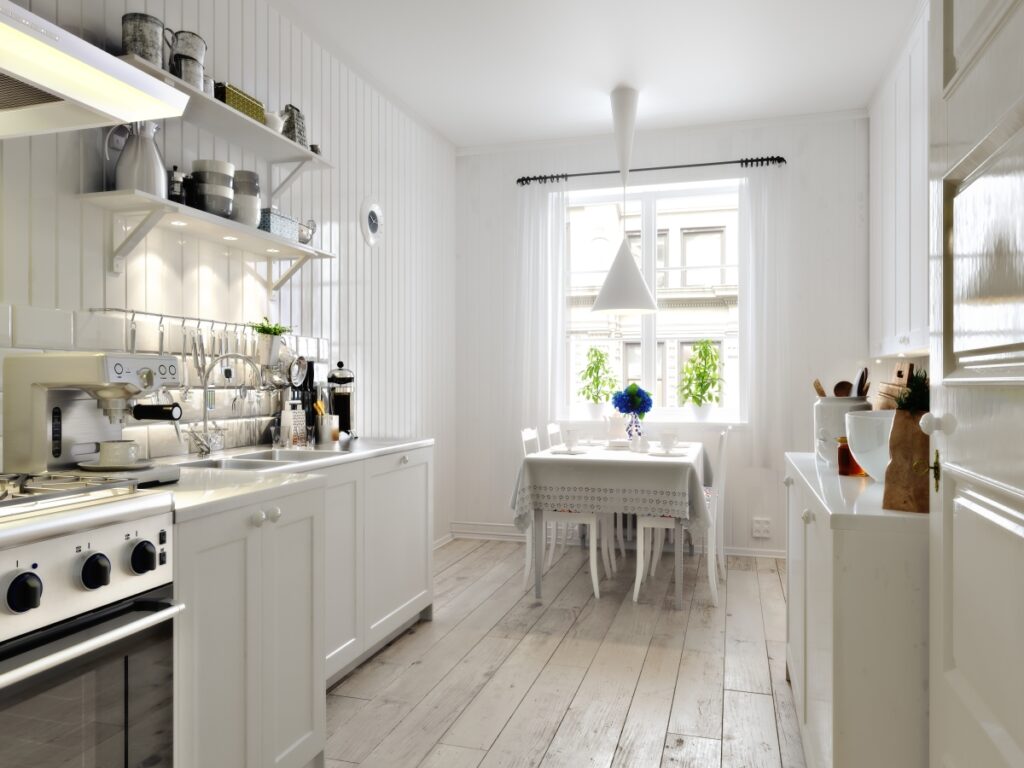
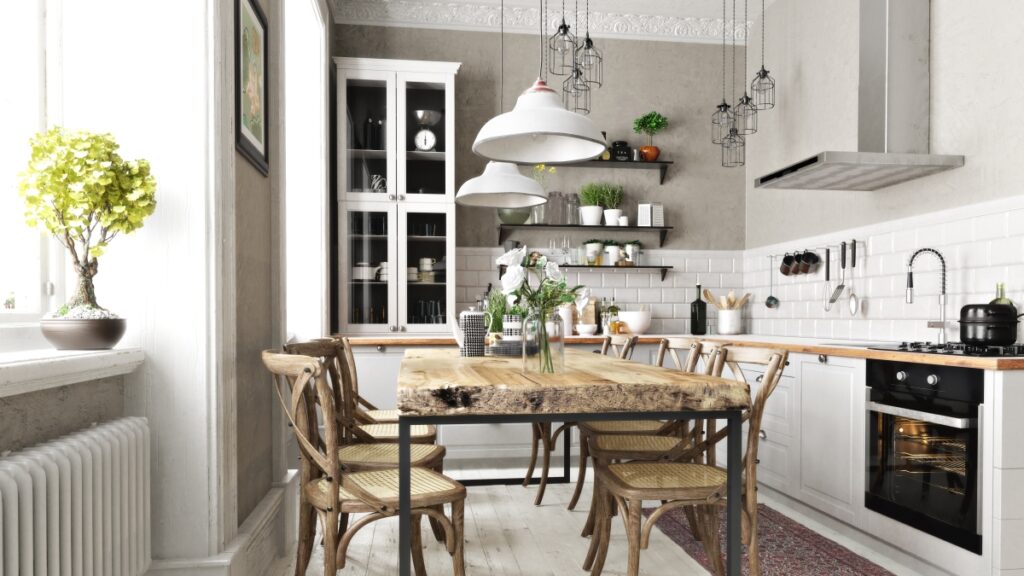
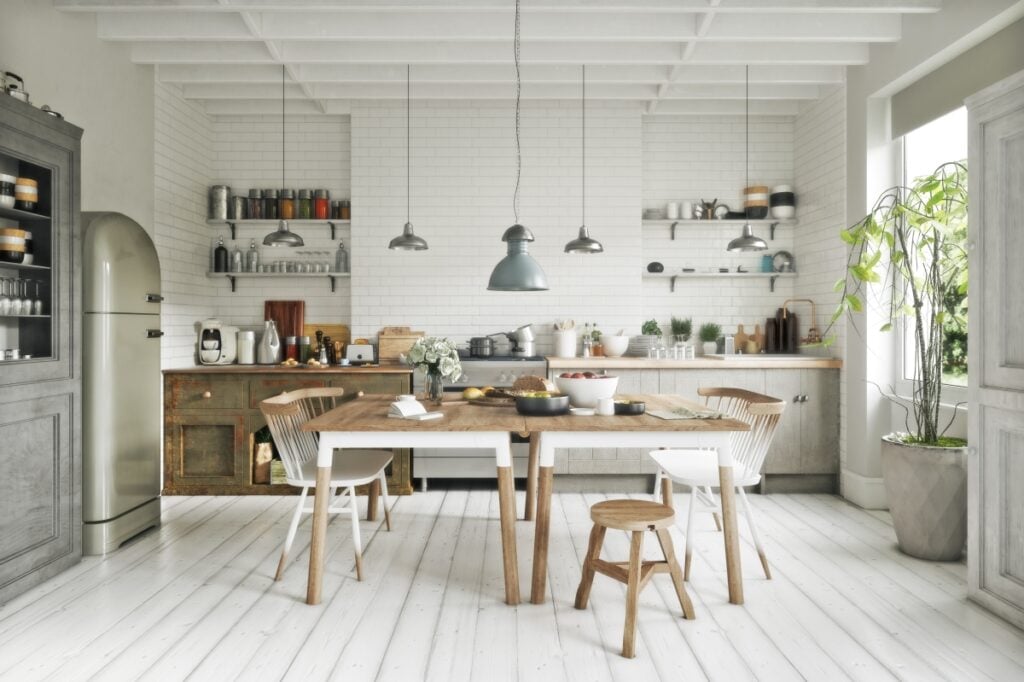
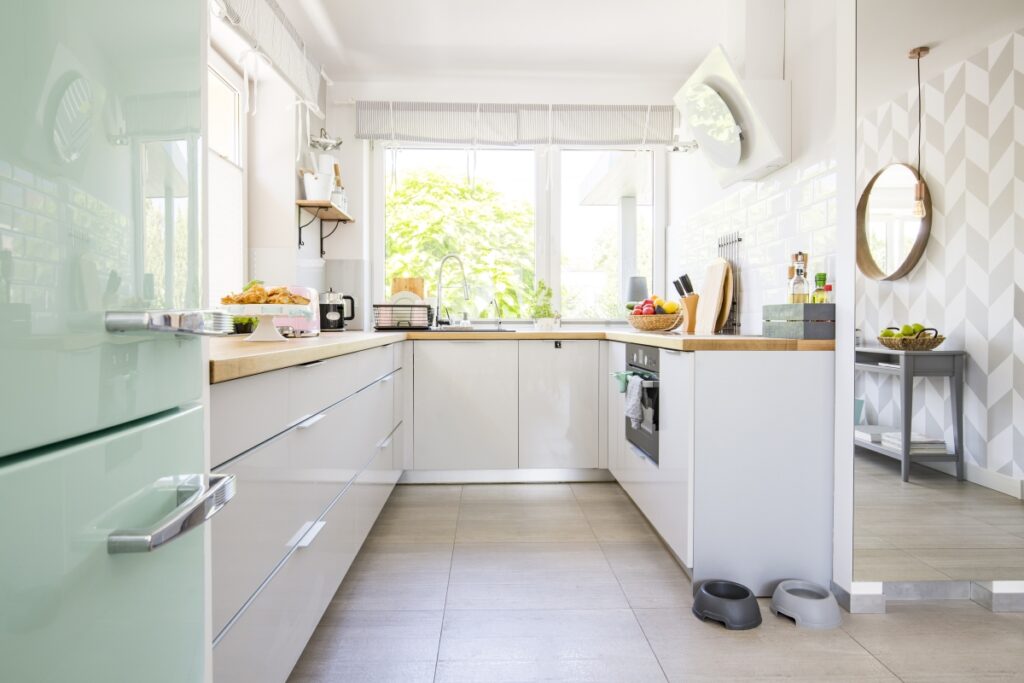
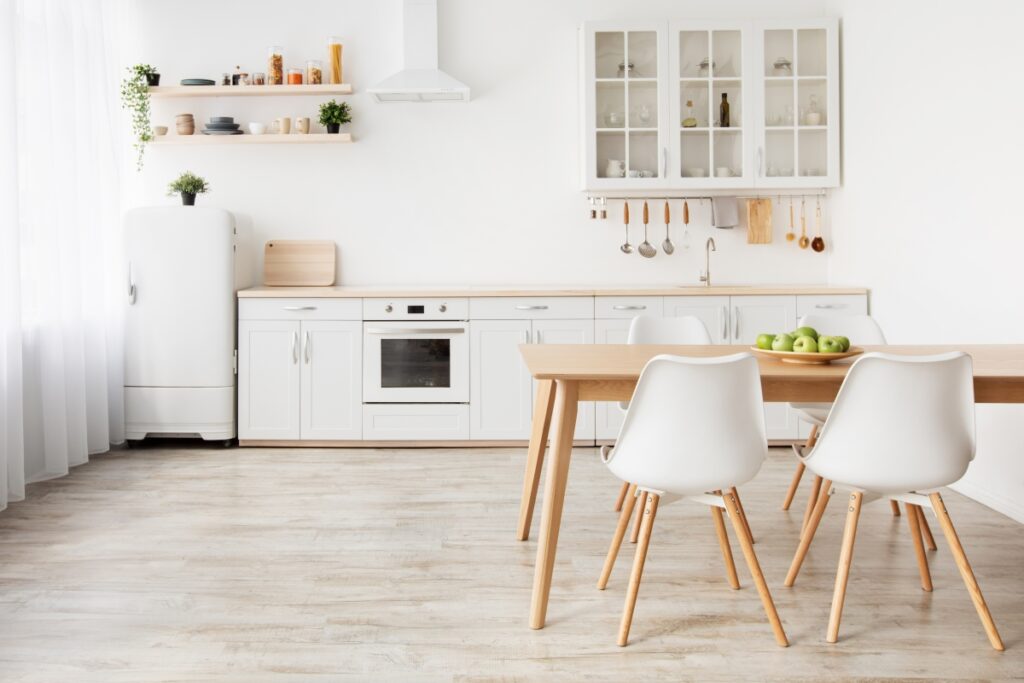
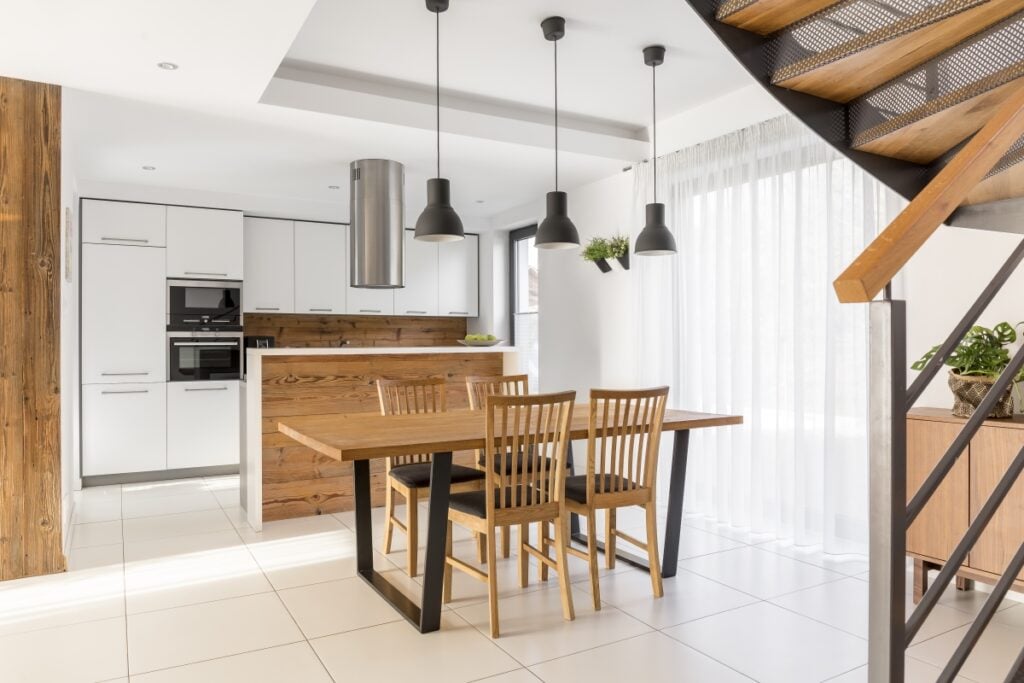
Scandinavian Design Kids Room Examples
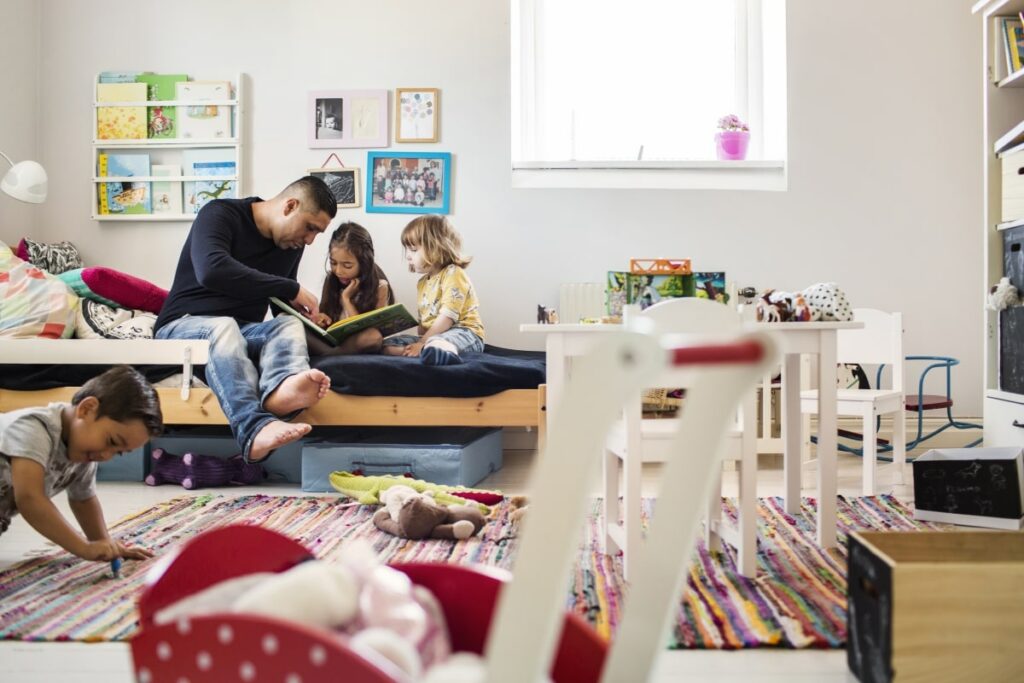
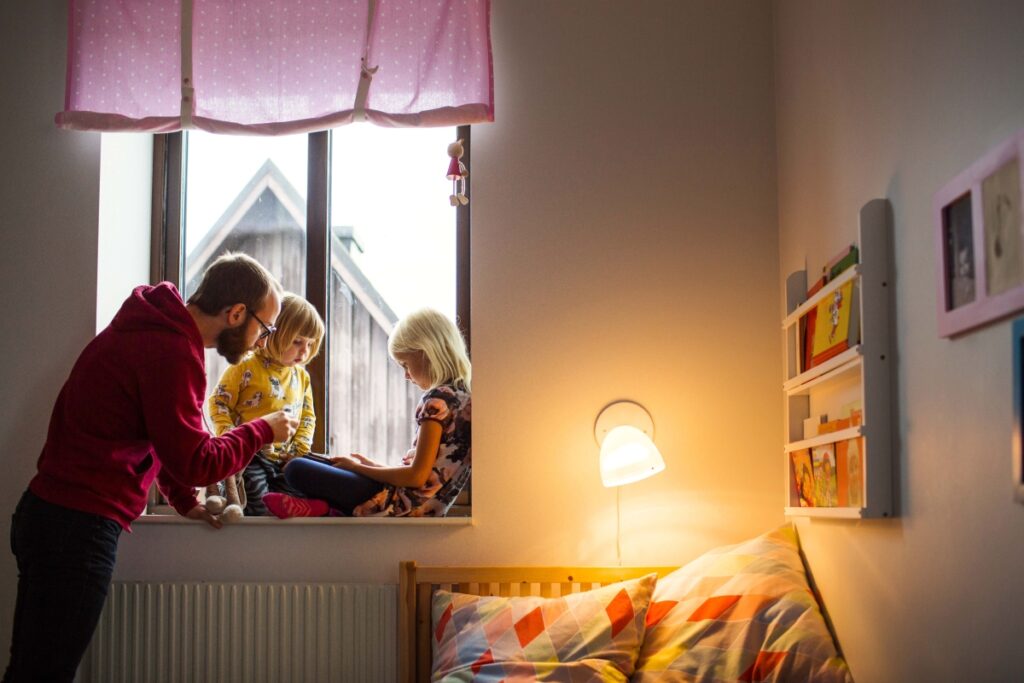
Where To Buy Scandinavian Design
Where to Buy Scandinavian Design Products in North America
If you’re looking to apply some Scandinavian design to your own home, there are a few places that you should check out if you’re in North America.
The most obvious option is Swedish superstore IKEA – the quintessential Scandinavian democratic design store. IKEA offers an enormous amount of Scandinavian furniture, decor and inspiration in their gigantic stores.
You can also find Scandinavian design products on Amazon, Etsy, and other general online retailers.
Here are some good options where you can buy Scandinavian design furniture, decor, and more:
- BoConcept
- 2Modern
- Connox
- Design Within Reach
- Article
- Urban Outfitters
- AllModern
- By Lassen
- H&M Home
- Joss & Main
- Houzz
- Walmart
- Joybird
- Hayneedle
Another popular option is the Scandinavian Design specialist stores (why they are called this I do not know), which are located mainly in major metropolitan areas. Although these stores do not have a direct connection to local Scandinavian design — nor do they seem to be tied to the Nordic region in general — they do carry a wide range of affordable Scandinavian-esque products, from furniture to wall art to rugs.
If you don’t live in a major metropolitan area, or you want to buy Scandinavian design products that are not available in stores, any of the online retailers listed above will ultimately offer the best selection.
You can of course also find Scandinavian design products on eBay and other auction sites.
The Rise in Popularity of Scandinavian Design
How did Scandinavian design get so popular? Let’s go back to where it all started.
The History of Scandinavian Design
Scandinavian design has been around for centuries and has evolved to become one of the most popular styles in the world. The origins of Scandinavian design can of course be traced back to the Viking era, when the Norse seafarers and traders began to influence the architecture and decorative arts of their native countries.
But more modern iterations of Scandinavian has its roots in the 1800s Arts and Crafts Movement in Scandinavia, which encouraged people to use natural materials and techniques in their work. This led to a resurgence of regional design styles in the whole Scandinavian region.
When the German Bauhaus movement started in the 1920s, it made a huge impression on the Nordic region as a whole, and the Stockholm Exhibition of 1930 featured new Scandinavian design ideas built on German functionalism and accessibility – the first real steps towards modern Scandinavian design.
Here’s everything you need to know about Bauhaus in 50 seconds:
In the 1940s, Scandinavian designers began to experiment with new forms of architecture and furniture, and in the 1950s the Northern European concept of Democratic design was cemented, calling for beautiful design that anyone should be able to afford by the likes of Alvar Aalto and Nisse Strinning.
By the 1960s designers around the Nordic region had developed a distinctive style that was known for its functionalist designs and clean lines, and that eventually came to be known as Scandinavian design.
Over time, Scandinavian design has become synonymous with clean lines, functionalism, and simplicity. From the minimalist aesthetic to the use of natural materials, Scandinavians have developed a distinct style popular throughout the world, and its unique aesthetic has been influential in many fields, including architecture, fashion, and art.
So Why is Scandinavian Design So Popular?
I can think of a few reasons why Scandinavian design has gotten popular around the globe in recen years:
- The countries of Scandinavia have a long-held tradition of using quality materials and craftsmanship in everything from cars to furniture to architecture.
- The Scandinavian countries are known for their clean, modern aesthetic, often characterized by simple lines and geometric shapes.
- The Scandinavian countries have a strong environmental ethic, leading to designers creating products that are environmentally friendly and sustainable.
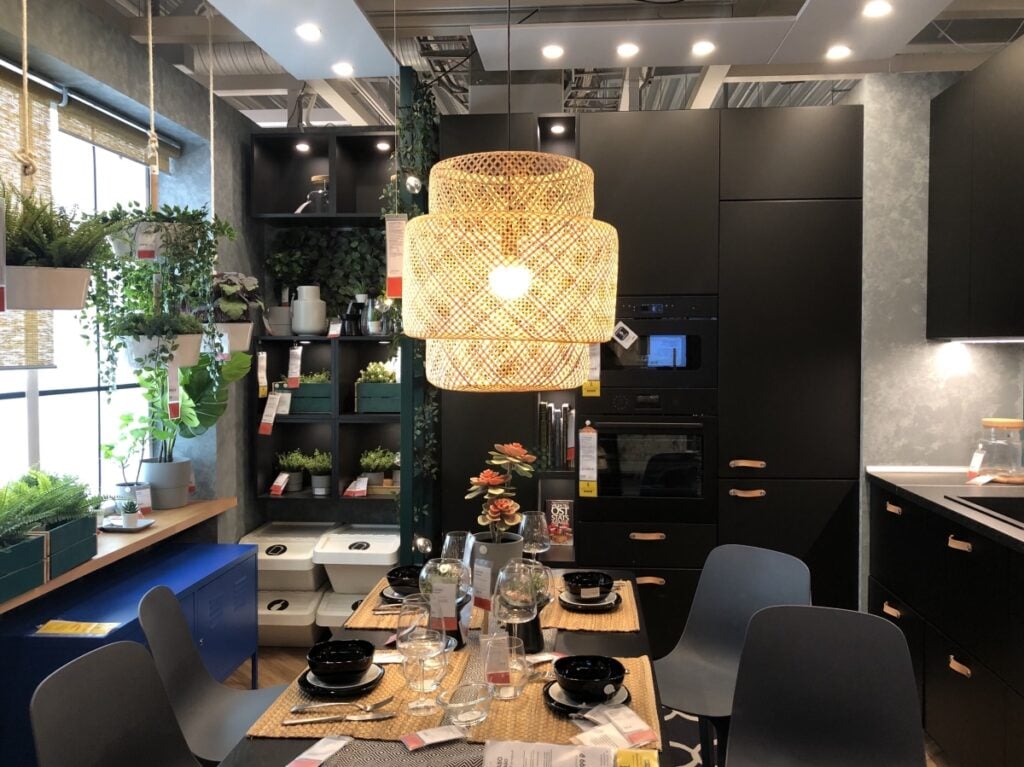
Scandinavian design is also often seen as being modern, sleek, and stylish, likely in part due to Scandinavian countries having a long history of being leading designers in many different industries. For example, Scandinavia (and Sweden more specifically) was the birthplace of Volvo Cars and IKEA, two companies that are known for their innovative and stylish designs around the world.
Its popularity might further stem from being very minimalistic in nature, which can be seen in products such as furniture and appliances (often designed with a focus on functionality over aesthetics).
Finally, Scandinavian designers are often known for their use of natural materials such as wood and stone. This makes their products sustainable and environmentally friendly, something that is definitely more popular in the 21st century than ever before.
What are the Benefits of Using Scandinavian Design?
It’s ultimately a style choice for most, but there are some practical and spiritual benefits of using Scandinavian design also:
- Scandinavian design is known for its simplicity and functionality. It can help to create a more spacious and airy feel in your home, and is also very versatile and modular in nature, meaning it can be used in a variety of different ways.
- It can help to create a more relaxing and calming atmosphere in your home. Scandinavian design is often associated with natural materials, which can help to promote a sense of general mental wellbeing.
- Scandinavian design can also be seen as very stylish and modern, making it a great choice for those who want a fashionable home.
- Another benefit of using Scandinavian design is that it is very easy to keep clean. This type of design uses clean lines and simple shapes, which make it easy to dust and vacuum.
- Finally, Scandinavian design is often focused on having a small environmental impact, from the materials used to the entire production process.
Dive Deeper into Scandi-Style Rooms
If you’d like to dive even deeper, here’s a video I really dig with awesome shots inside Scandinavian-inspired rooms over some nice beats:
Quick Answers About Scandinavian Design:
Is Scandinavian Design Timeless?
As Scandinavian design has been around for centuries and is still popular today, one can certainly argue that it is timeless in a sense. However, it’s important to note that it is evolving over time, just like most design principles, meaning a Scandinavian designed home in the 1970s certainly looked very different from one in the 2020s.

Why Are Scandinavians So Minimalist?
Scandinavian people may be a bit more minimalist than the average earthling because of our unique culture, climate, and economy.
For example, Scandinavian culture is known for an emphasis on individualism and self-reliance. This can lead to a minimalist lifestyle because it emphasizes using as few resources as possible.
In addition, Scandinavia has a cold climate which has lead to a focus on practical solutions, and a preference for using less energy and resources to stay warm.
Scandinavian designers often emphasize simplicity and functionality over ornamentation or extravagance, in an attempt to democratize design and make it available to the masses, and just the societal elite.
They also traditionally prefer to use natural materials, such as wood and wool, which gives their designs a rooted, rustic feel without feeling cluttered.
Finally, Scandi Design doesn’t try to stand out or make a grand statement, but is instead fairly low-key in its approach.
How Has Scandinavian Design Evolved Over the Years?
Since the early 1900s, Scandinavian design has evolved to become one of the most recognizable styles in the world. While its roots can be traced back to traditional handicrafts and furniture, Scandinavian design today is characterized by its simplicity, functionality, and modern aesthetic.
Some of the key factors that have contributed to this success include the region’s strong traditions in woodworking and metalworking, as well as its close proximity to Germany and Italy, two of Europe’s most influential design hubs.
Today, Scandinavian design is found in everything from furniture to architecture to fashion. It has even become an increasingly popular choice in Canada and the United States, where European design trends have had a harder time taking root.
It has certainly evolved to be more sophisticated and stylish over the years, with sleek lines and simple shapes. As it is also generally available in both affordable and expensive iterations, it has become popular among both fashion-conscious consumers and interior designers alike.
What Style is IKEA Furniture?
IKEA is known for its affordable, easy-to-use, stylish, minimal, and self-assembled furniture. The furniture is typically made of wood, plastic and metal, and is often minimalist in nature. While the style of the furniture is popular in many parts of the world, it is particularly popular in Scandinavia.
Do Scandinavians Like IKEA?
Scandinavians are definitely big fans of IKEA in general, with most homes in Sweden being almost entirely decorated with IKEA furniture, especially among the younger generation who have just moved in to their first home.
With a cheap price and a high level of design, it’s not hard to see why it’s so popular in a region where people usually move out of their parent’s homes when they’re around 18.
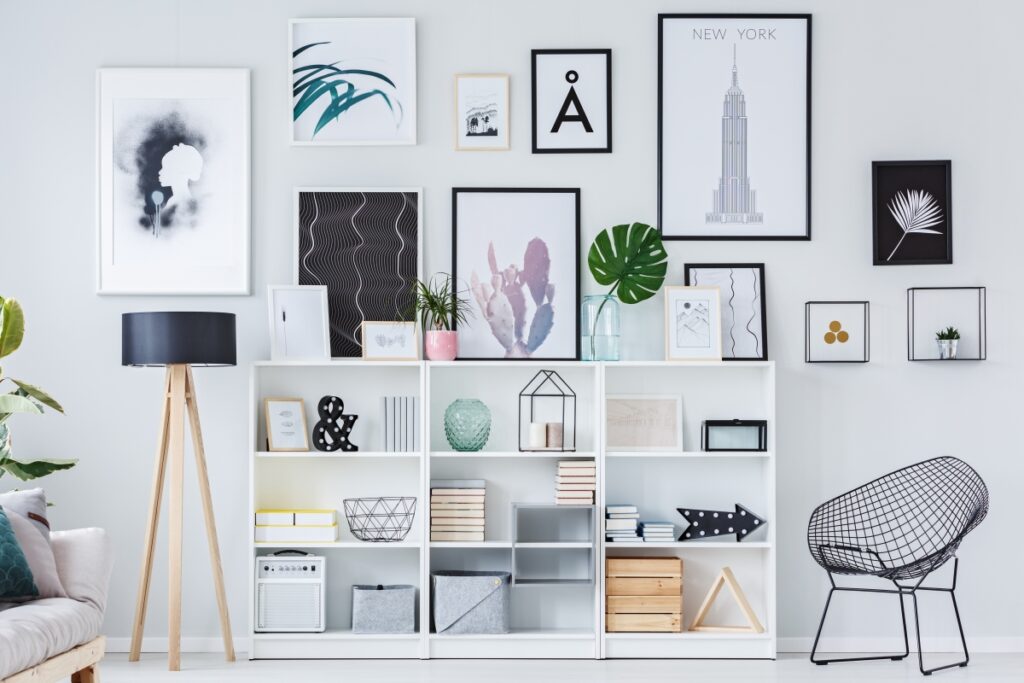
Why is Scandinavian Design Usually so Expensive?
Some of the reasons Scandinavian design is generally more expensive is because it is often more labor-intensive to create, and there is a premium placed on artisanal production with natural materials. Additionally, many Scandinavian designers are also known for their unique and experimental approach to design, which can add to the price tag.
Furthermore, as Scandinavian designers are generally based in Europe, prices for luxury goods are also generally higher.
Sources:
https://books.google.com/books?id=fp6PYgEACAAJ
https://books.google.com/books/about/Scandinavian_Design_Beyond_the_Myth.html?id=LBvrAAAAMAAJ
 Why It Is Called Scandinavia (Origins & Meaning)
Why It Is Called Scandinavia (Origins & Meaning) Nordic and Scandinavian Languages Explained and Ranked
Nordic and Scandinavian Languages Explained and Ranked Is Finland Scandinavian? (The Full Answer)
Is Finland Scandinavian? (The Full Answer) 17 Tips To Live a More Nordic Life
17 Tips To Live a More Nordic Life

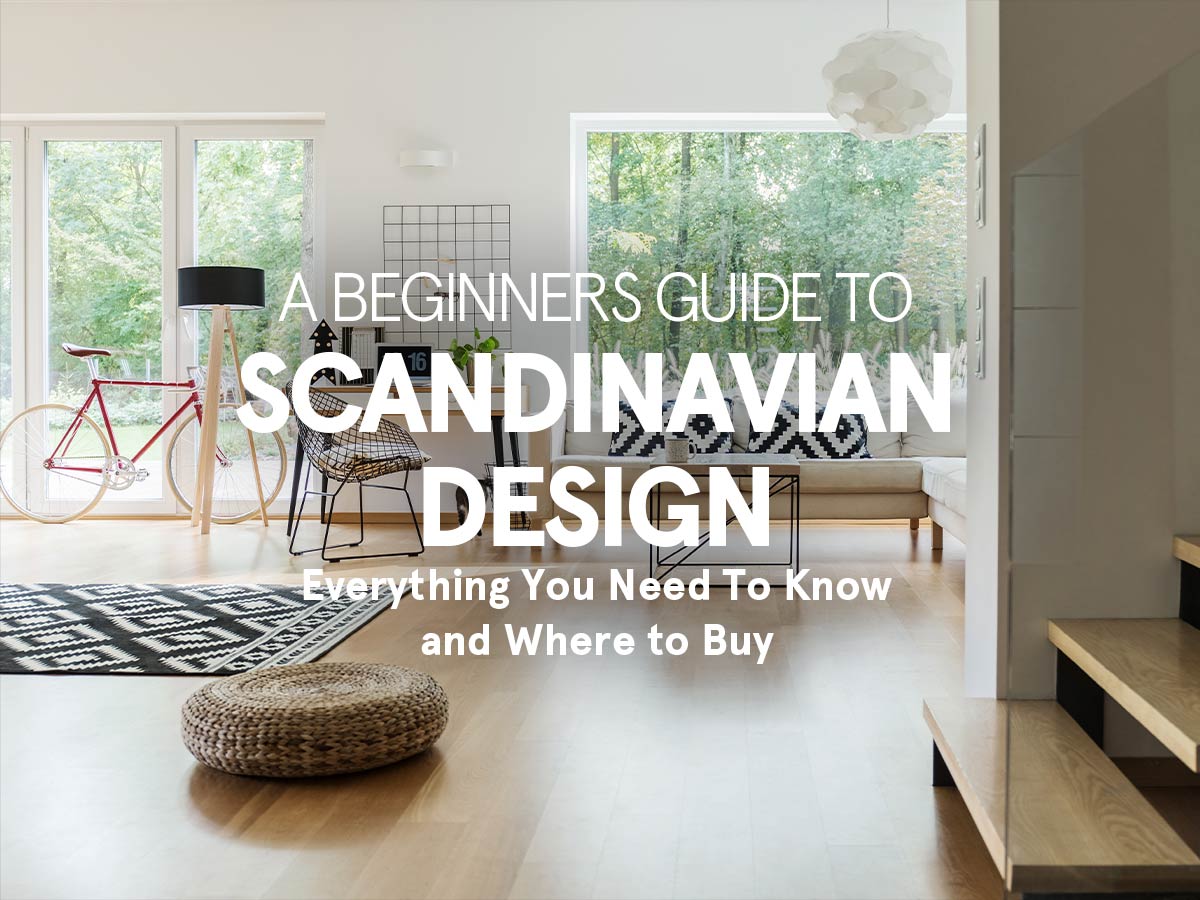

![Warm And Cozy Scandinavian Interiors [Visualized]](https://nordicperspective.com/wp-content/cache/flying-press/96d55c4dcc7c623195516e19fb9804c2.jpg)
Nice guide, Rich information about Scandinavian decoration